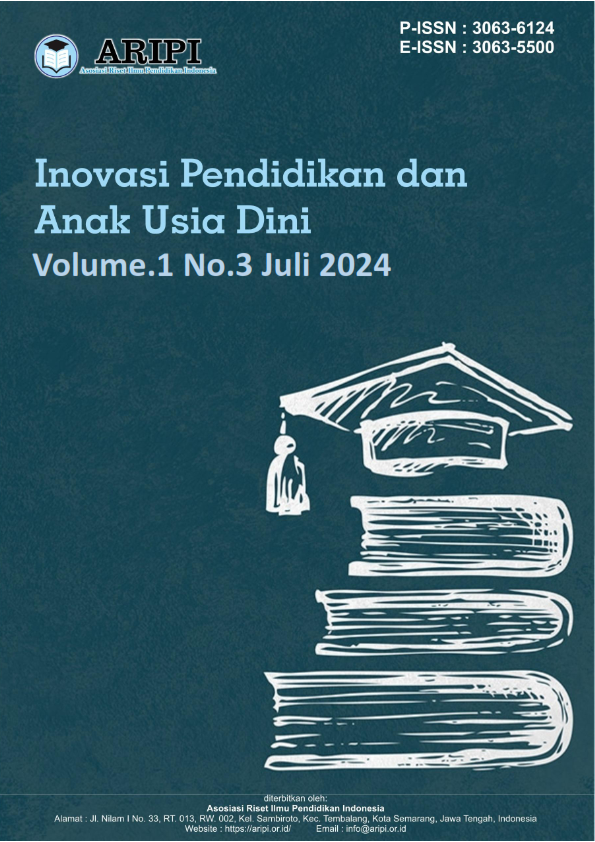Analasis Pemakaian Bahasa Indonesia pada Iklan Minuman Kuku Bima di Televisi
DOI:
https://doi.org/10.61132/inpaud.v1i3.5Keywords:
Television Advertising, Marketing, Use of LanguageAbstract
This research aims to describe the meaning of the Pond Susu version of the television advertisement "Kuku Bima Energi", which promotes the natural beauty of East Nusa Tenggara. “Kuku Bima Energi” is PT Sido Muncul's superior product. Through television advertisements, PT Sido Muncul can strengthen the brand image of "Kuku Bima Energi" but is concerned about the development of Indonesian tourism. This research question is; How do viewers interpret the television advertisement for the “Kuku Bima Energi” version of the milk pool? Do viewers interpret the television advertisement “Kuku Bima Energi” for brand image formation? Data was collected through qualitative research using a phenomenological approach. The research subjects were television viewers in Jakarta. The object of this research is the Pond Susu version of the television advertisement "Kuku Bima Energi". Data collection was obtained through observation, in-depth interviews conducted with television viewers as informants. Data is also obtained through libraries and documentation from various media, both print and online. The research results show that the brand image of "Kuku Bima Energi" is similar to the benefits of the product, which are felt based on the experiences of each informant. Experience is the most influential in creating a brand.
References
Anderson, B. (2006). Imagined communities: Reflections on the origin and spread of nationalism. (Revised Edition). New York: Verso.
Bourdieu, P. (2001). Masculine domination. Stanford: Stanford University Press.
Hogan, J. (1999). The construction of gendered national identities in the television advertisements of Japan and Australia. Media, Culture & Society, 21(6), 743-758.
Loomba, A. (2005). Colonialism/postcolonialism (The New Critical Idiom). (2nd ed.). London: Routledge.
Noviani, R. (2002). Jalan Tengah Memahami Iklan: Antara Realitas, Representasi, dan Stimulasi. Yogyakarta: Pustaka Pelajar.
Prastista, H. (2008). Memahami Film. Yogyakarta: Homerian Pustaka.
Schroeder, J. E., & Zwick, D. (2004). Mirrors of masculinity: Representation and identity in advertising images. Consumption Markets & Culture, 7(1), 21-52.
Wahyudi, J. (1984). Tentang Dan Sekitar Siaran Berita TVRI, Bandung. Jurnalistik Televisi.
Widyatama, R. (2006). Bias Gender dalam Iklan. Yogyakarta: Media Pressindo.
Zoest, V. (1991). Fiksi dan non fiksi dalam kajian semiotik. In M. Sardjoe (Ed.), Jakarta: Intermasa.









